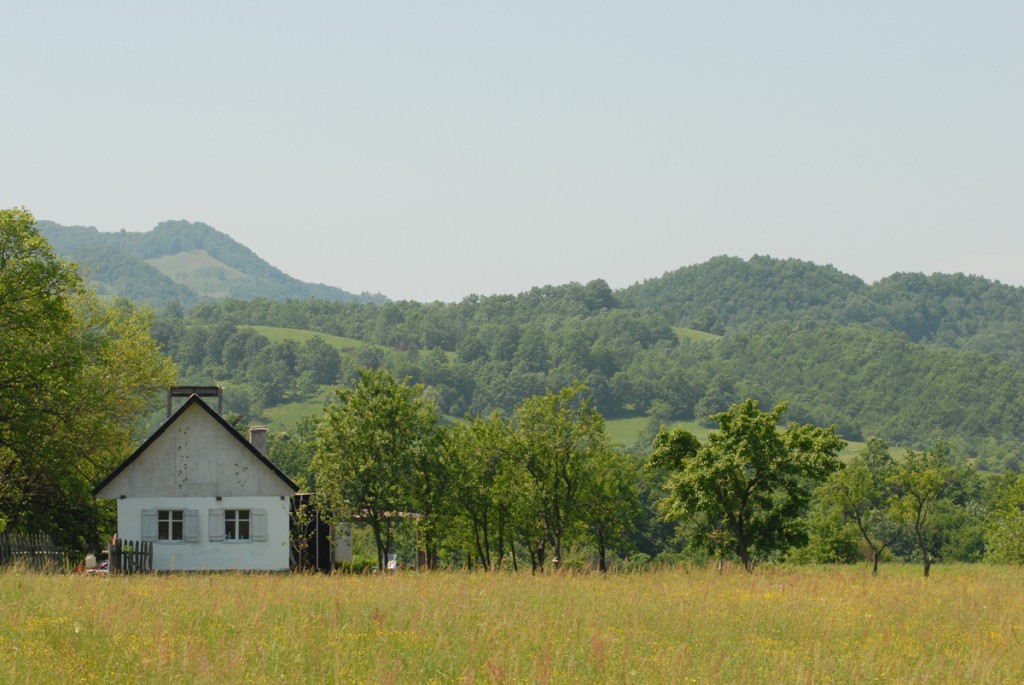Text: Cosmin Caciuc
The Romanian audience knows Prince Charles thanks to the recent media news, as a defender of heritage and traditional practices, yet he is actually less known for his critic and often beligerant discourse against modern architecture. The Architectural Review, a prestigious British publication, asked Prince Charles to provide an editorial contribution last December about his vision on the future of cities.
The essay entitled “Facing up to the future: Prince Charles on 21st century architecture” explains why traditional approaches and universal principles would be vital for our profession. There are comments about things related to common sense eventually, relevant for insertions in protected historical areas.
Yet this kind of conservative discourse, avoiding controversies about interpreting history, extends its claims outside historical areas too, without providing clues about how to make a rehabilitation in areas already modernized to an extended scale, otherwise but through a romanticized restitution or even an anachronical one of historical images as such. Prince Charles eventually preferred a partisan adoption of a defending role of traditional communities and even of natural landscapes on the verge of extinction: this kind of resistance works pertinently yet limited in the case of saving old houses or ancient crafts. On the other side, he now promotes the environmental slogan “design with nature” while forcing it upon the classicist myth of universal aesthetic harmony through Christopher Alexander’s esoteric theory and Rob Krier’s rigid‑traditionalist one.
I need to mention that this debatable empowerment of a traditional discourse via “tougher” reasons in the history of aesthetics, science etc. is also made by postmodern apologists of iconic architecture or starhitecture, for instance Charles Jencks. However, I cannot but remark that both traditionalists as well as postmodernists still need fixed reference points, a common ground in architectural language, to be able to debate on the issue of meaning and therefore that of the constructive act.
I think that a new valuable kind of building and the development of heritage are possible from perspectives not appealing to “forte” ideological instances and an antagonism between modernity and past. I think that acknowledging the defense of heritage also beyond the boundaries of historical convenient or popular images, such as the industrial and the post‑war modernist heritage is extremely needed and urgent right now. I think the issue of defining codes and practical construction guides, such as those made for rural areas in Western Transylvania by Professor Teodor Octavian Gheorghiu, are a priority. And I also think that both modernism, as well as traditionalism may develop simultaneously and critically without invoking conflicts between the professional community and the civil society, or the great ideologies of social mobilizing.
Photo: Ovidiu Micșa / Dealu Cerului Project, Archaeus Foundation, Nerei‑Beuşniţa Gorge Reservation


